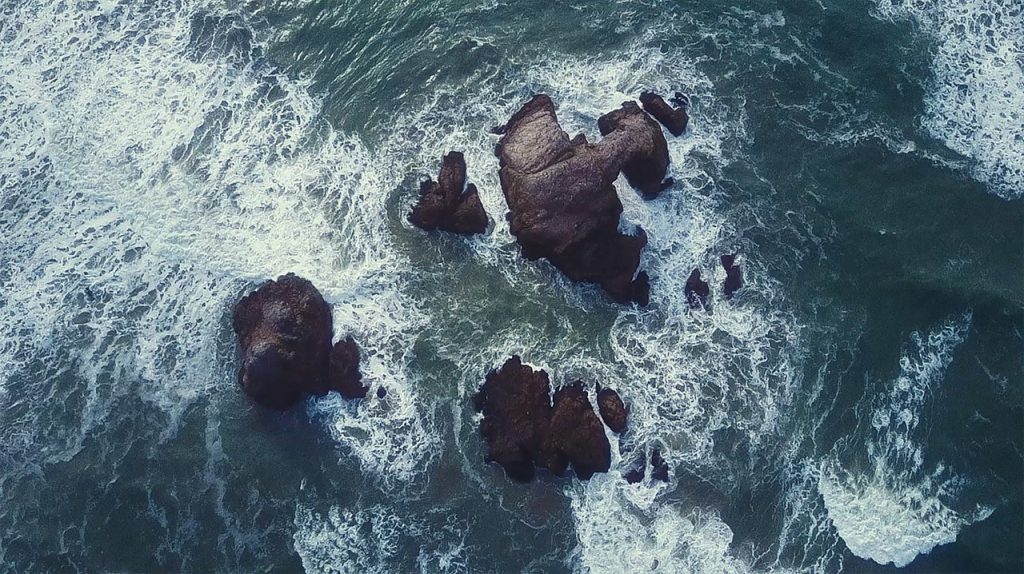
Drones seem to crop up in different parts of people’s lives every day, and in Australia an unmanned aerial vehicle has completed something remarkable – helping to save lives!
The dramatic rescue took place in a popular beach area near Brisbane in Queensland. Two swimmers had strayed beyond a “safe” zone and were struggling in a 10-foot swell.
Quick-thinking life guards realised that getting to the swimmers would take too long, and lives were at stake. So they launched a drone with a “rescue pod” attached. The small aircraft was guided into position within 70 seconds and the buoyancy aid was deployed.
This was the first example of a rescue at sea using a device attached to a drone. The Australian state authority decided to invest in drone technology in December 2017, but nobody expected such an immediate success story.
Drones will never replace fully trained life savers, but it’s yet another example of how UAV’s can enhance existing services.
Although some have been concerned that drones might be a disruptive influence, this great result shows how the seemingly unstoppable technology can work in harmony with people.
Where Next for Rescue Drones?
The opportunities for rescue are endless. Moving inland, mountain rescue teams will be able to reach out to climbers stuck on ledges and stranded across ravines. Equipment can be heavy, conditions treacherous, and progress using ropes often slow, but a drone can be launched in seconds.
If medicine or oxygen are needed urgently, skilled drone operators will be able to guide the supplies to those that need them. Even an isolated, injured person could use a mobile phone to help guide a drone to an exact position using GPS – at least while emergencies services are en route.
Even day-to-day essentials such as an asthma inhaler could be delivered quickly and efficiently to patients that might otherwise fall ill before doctors can reach them. Drones are now powerful enough to reach remote locations, even carrying heavy loads.
Aviation authorities will always need to approve how and where drones can fly, and public liability insurance will always need to be considered, but helping to keep people alive can only help to raise the profile and reinforce the benefits that drones can bring.
To keep up to date with our blog articles, follow our Twitter & Facebook pages for regular updates!
